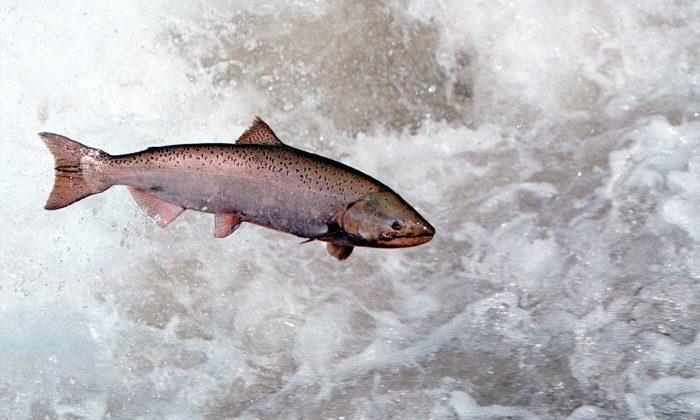New York and New Jersey are among the largest recipients of $102.7 million in grants from the federal government for storm protection. A total of 11 states were given money for various projects by the U.S. Department of the Interior’s Hurricane Sandy Coastal Resilience Grant Program.
The program, funded by a congressional Sandy relief bill, is meant to pay for a number of projects to protect at-risk communities from future storm events like Superstorm Sandy in 2012. Awarded states will provide some matching money for the projects.
“We know we have a lot to learn from Mother Nature,” Interior Secretary Sally Jewell said Monday. “Climate change is going to make weather events more frequent and more severe.”
She added that natural infrastructure like wetlands and dunes provide the best protection against storms.
New Jersey’s 13 projects make it the largest grant recipient of all states, and New York is not far behind with 11 projects.
Some New York City-area projects will include an oyster colony in Jamaica Bay and flood mitigation in Coney Island. The Bronx River shoreline at Starlight Park will also get restoration work and Harlem River water quality and resiliency will be another project.
Other states to get funding will include Connecticut, Delaware, Massachusetts, Maryland, New Hampshire, Rhode Island, and Virginia—and two regional multi-state projects.
The Interior department said projects in the participating states would tackle a number of resiliency issues. Overall, the goal is to restore about 6,634 acres of wetlands and marshes; 225 acres of beaches; 364 acres of tidal buffers, and 16 miles of streams. When all is said and done, about 287 miles of streams should be opened up to fish passage, and 147 acres of flood plains will be restored.
The Associated Press contributed to this report.




